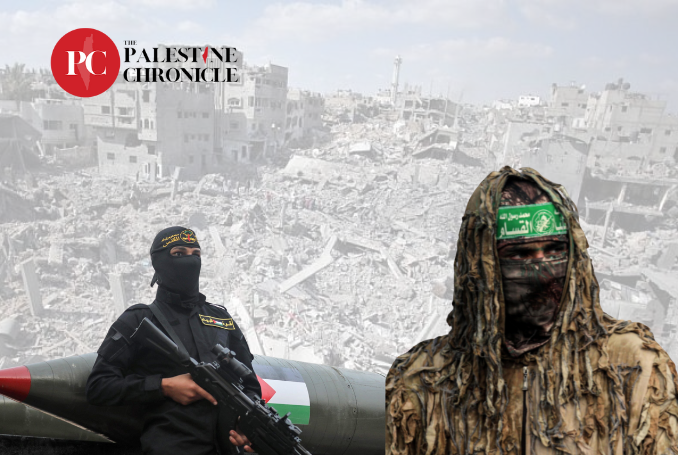One of the finest commentators on the Israeli-Palestinian conflict is M.J. Rosenberg, who has recently returned from a particularly intense and distressing Israel-Palestine tour sponsored by the Israel Policy Forum. After returning, Rosenberg wrote Walls of Hurt a powerful and moving account of the trip. I’m pleased to say that tour members were largely from Seattle including at least two individuals I know, Barbara Lahav (personally) and Yaffa Maritz (by reputation). Barbara is also on the local chapter steering committee of Brit Tzedek V’Shalom (with which I’ve started to participate) while Yaffa is very supportive of its mission.
The article begins with this bleak introduction:
The country remains essentially empty of tourists. I visited areas which are usually filled with Americans and heard no English around me, only Hebrew and Arabic.
Having lost all their tourist customers, Jerusalem’s Jewish and Arab shopkeepers have undergone a wonderful transformation. Instead of the typical sullen, desultory approach to customer service which they’re known for, now merchants beam and smile in anticipation of a potential customer. And they’re even nice to you if you don’t buy anything! Never in my life have I experienced such warmth and approbation from Israeli merchants. I’ll just have to take Rosenberg’s word for it.
Palestinian women crossing the separation barrier at Abu Dis
(photo credit Machsom Watch)
The most moving portion of the article relates Rosenberg’s encounter with a French film crew which with him was watching Palestinians from Abu Dis (a village on Jerusalem’s outskirts) stumble their way over the new apartheid barrier Israel has built to supposedly counter terrorism:
I told the film crew that I understood why Israelis needed a wall and that, if it adhered closely to the ’67 lines, it could contribute not only to Israel’s security but to a real reduction in tensions. But, I added, it was deeply troubling to see a neighborhood dissected. I also said that I felt badly for these Palestinians who suddenly found themselves cut off from jobs, markets, and schools. Innocent people are suffering.” Then I returned to our bus.
Nothing I said was particularly exceptional, or so I thought. A young Palestinian felt differently. In fact, having overheard what I said to the journalists, he gathered up his courage and asked if he could speak to the group. He told us that until hearing what I had said, he believed that all American Jews hate Palestinians. As a result, he hated all Jews.
But having heard one Jew empathize with the Palestinian plight, he changed his mind. He would never again hate “all Jews” nor would he continue to believe that all Jews hate Palestinians.
He thanked me for changing his attitude and said he would “never forget it.”
He walked off the bus, leaving our group in shock and some near tears.
I was shaking. I had neither said nor done anything unusual and yet this young man said that he was “changed forever” by my words. But I had done nothing except express some empathy.
Yes, empathy–a key ingredient lacking for years in interactions between the Israeli and Palestinian peoples. If there were more official and grassroots empathy expressed by both sides, then it would be far easier to get to the business at hand, negotiating peace.
Rosenberg speaks strongly and candidly about the separation barrier and its corrosive impact on Israeli-Palestinian relations:
Something is terribly wrong. Young Israelis are manning checkpoints to guard their country against Palestinians who are walking around with such hurt and anger that some do indeed become threats to Israelis. Palestinians are watching Israelis build a wall to keep them out and in some places to cage them in.
Can anyone possibly believe that walls alone can protect anyone against burning hate and burning hurt that grows until it explodes?
And in this moving climactic anecdote, Rosenberg closes the article with a note of muted despair:
In 1967, Moshe Dayan ordered the walls dividing the city torn down. He was told that it was impossible; it would take months before the two peoples – divided by walls of concrete and walls of hatred for 19 years – could safely mix.
Dayan gave the order anyway and two cities became one – and one of the world’s most beautiful.
Thirty-seven years later, the walls are back.
How sad.




